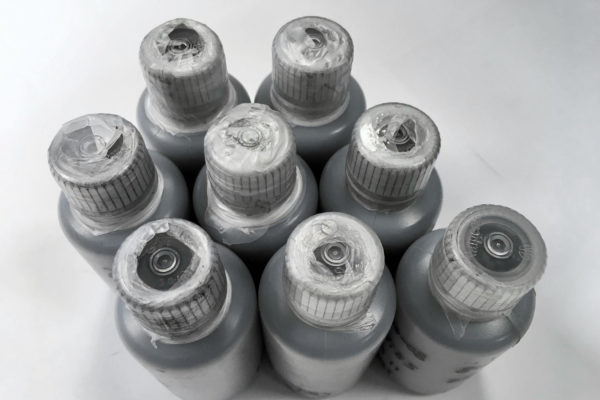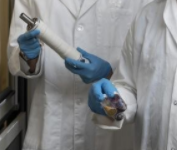(NREL Research Points to Strategies for Recycling of Solar Panels)
2020/7/13 アメリカ合衆国・国立再生可能エネルギー研究所(NREL)

・ NREL が、PV モジュールのリサイクルによる EOL(end-of-life)管理の最も有望なアプローチを特定する世界的なアセスメントを初めて実施し、レポートを発表。
・ PV モジュールは製品寿命が 30 年であるが、その後の管理プランが定まっておらず、2050 年までに不使用となる PV モジュール量は 8 千万メトリックトンにも上るとされる。また、PV モジュールは高価値の貴金属や緊要物資、毒性材料より構成されるが、それらのリサイクル方法の規格が存在しない。
・ エネルギー革命の主要な部分を担う PV の材料の適切な管理と PV モジュールの循環経済の展開の重要性を踏まえ、研究者、投資家、政策立案者として進むべき方向について明瞭簡潔かつ綿密に報告する。
・ 本レポートでは、設置された PV システムの 90%超で使用される結晶シリコンの高純度での回収に注視。シリコンの価値はその純度で決まるが、シリコンの純化には大掛かりな投資が必要となる。
・ また、国家毎に PV リサイクルの規制状況が異なることを提示。廃棄量が限られることから、現在存在する結晶シリコン PV 専用のリサイクル施設が世界で一ヵ所のみとなっていることを示唆。
・ リサイクルにかかるコストと環境への影響を低減しながら、材料の回収を最大化するための研究開発を推奨。高価値なシリコンとシリコンウェハーの各リサイクルでは、前者にはシリコン精製プロセスの研究開発の必要性を強調し、後者では直接的な利用を促す基準を満たさないことを提示。
・ また、技術経済分析とライフサイクルアセスメント(LCA)の利用により、環境と経済にリサイクルが及ぼす影響の調査の必要性を強調。さらに、太陽光パネルの長寿命化、効果的な材料利用や効率性を高めた発電方法を含み、廃棄物を出さない方法の探求もまた重要な要素とする。
・ 本研究には、米国エネルギー省(DOE)の太陽エネルギー技術局が資金を提供した。
URL: https://www.nrel.gov/news/press/2020/nrel-research-points-to-recycling-solar-panels.html
<NEDO海外技術情報より>
(関連情報)
Nature Energy 掲載論文(フルテキスト)
Research and development priorities for silicon photovoltaic module recycling to support a circular
economy
URL: https://www.nature.com/articles/s41560-020-0645-2
Abstract
Large-scale deployment of photovoltaic (PV) modules has considerably increased in recent decades. Given an estimated lifetime of 30 years, the challenge of how to handle large volumes of end-of-life PV modules is starting to emerge. In this Perspective, we assess the global status of practice and knowledge for end-of-life management for crystalline silicon PV modules. We focus in particular on module recycling, a key aspect in the circular economy of photovoltaic panels. We recommend research and development to reduce recycling costs and environmental impacts compared to disposal while maximizing material recovery. We suggest that the recovery of high-value silicon is more advantageous than the recovery of intact silicon wafers. This approach requires the identification of contaminants and the design of purification processes for recovered silicon. The environmental and economic impacts of recycling practices should be explored with techno–economic analyses and life-cycle assessments to optimize solutions and minimize trade-offs. As photovoltaic technology advances rapidly, it is important for the recycling industry to plan adaptable recycling infrastructure.



